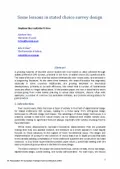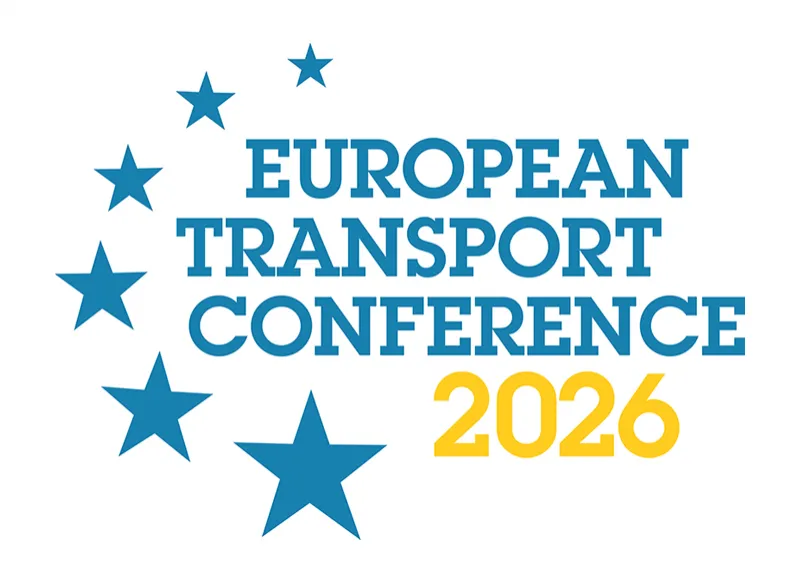-
Past ETC Papers

Browse, search and view papers from the past AET Conferences.
-
Members' Area

AET promotes networking and exchange of ideas, information and opportunities amongst members.
Conference Papers 2009
Noordwijkerhout, Netherlands
ETC Conference Papers 2009
Some lessons in stated choice survey design
Seminar
Day 1 (5 Oct 2009), Applied Methods in Transport Planning, Stated Preference Design Issue, 13:30 - 13:30
Status
Accepted, documents submitted
Authors
S Hess, ITS, University of Leeds, UK; J M Rose, ITLS Sydney, AU
Short abstract
This paper discuss common mistakes in the design of stated choice surveys and presents some guidance for future work
Abstract
Over recent years, there has been a hype of activity in the field of experimental design for stated choice (SC) surveys, leading to a move away from orthogonal design techniques to efficient design techniques. The advantage of these design techniques in a practical context is that more robust results can be obtained with smaller sample sizes, potentially leading to significant financial savings, especially with surveys involving face to face interviews.
Whilst these developments represent theoretical advancements that are gradually making their way into applied research, the literature as a whole appears to have largely focused on these advances to the neglect of more fundamental issues. The design and implementation of surveys for the collection of choice data is an in-depth process that adds to the already existing complexities of more traditional questionnaire construction and data collection. It is to these issues that the present paper returns, specifically dealing with the basic principles of good practice in the field of survey design.
The authors of this paper have between them years of experience of designing SC surveys and analysing the resulting data. Additionally, they have first hand experience of reviewing vast amounts of work in the field. In this paper, we aim to do a service to the field by discussing a large number of common mistakes made in many existing projects, and revealing the impact that these mistakes can have on subsequent model results.
The issues we discuss range from seemingly obvious mistakes, such as facing people without a driving license with a choice between car and bus, to less apparent issues, such as the use of inappropriate blocking approaches that jeopardise the characteristics of the underlying designs. We also discuss issues of sample size, design complexity, how to make choice sets more relevant to respondents and how to counteract the effects of inertia.
Throughout the paper, we provide guidance for good practice and use a combination of simulated and real data to highlight the impacts of bad practice. We anticipate that this paper will be of great value to anyone involved in the commissioning, design and use of stated choice surveys.
Documents:

Association For
European Transport
Forester House
Doctors Lane
Henley-in-Arden
Warwickshire, UK
B95 5AW
+44 (0) 15 64 793552
VAT number: 710 1866 64
Conference Supporters & Endorsers




Legal Entity
The Association for European Transport is registered as an Association ('vereniging') with the Chamber of Commerce for Haaglanden in The Netherlands under company number 27170096.
Built on Zenario




